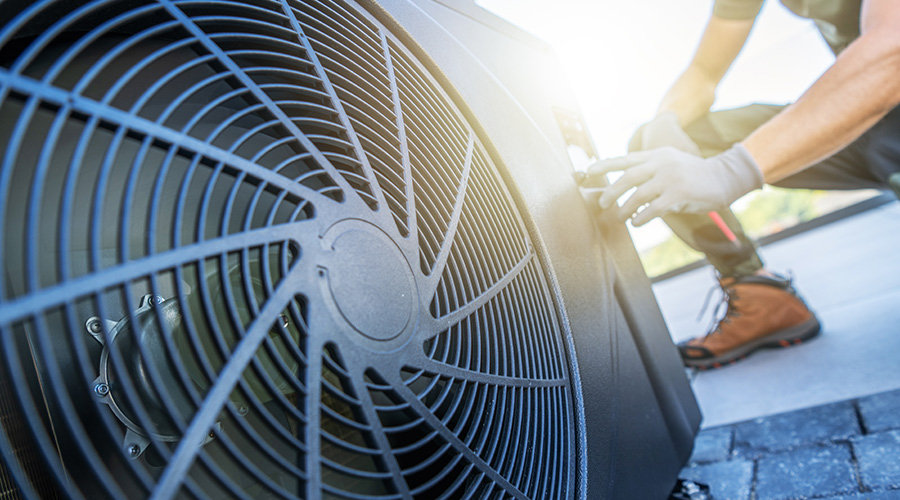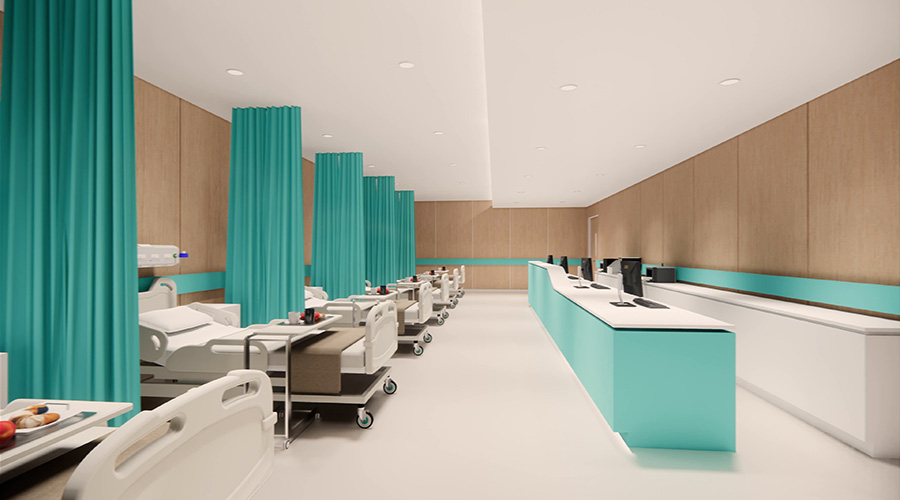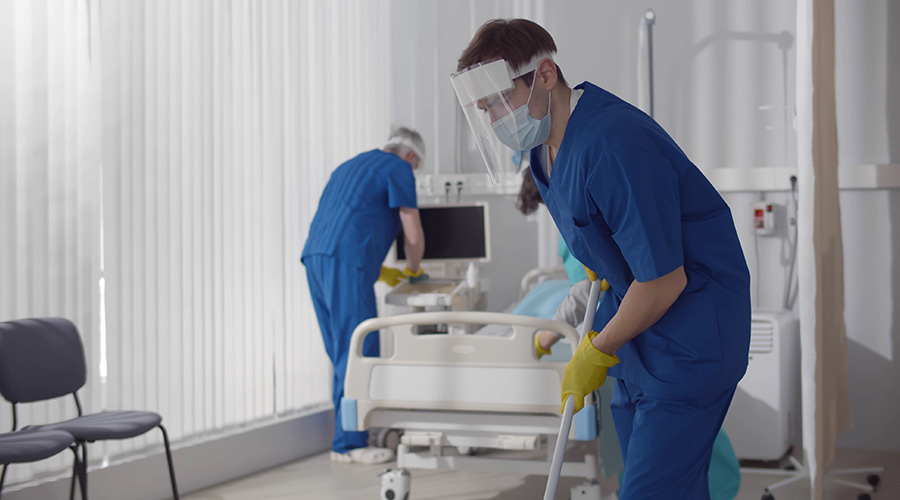Today’s patients have extensive choice and access to information, making it more important than ever for facility managers to maintain beautiful, welcoming facilities that rise to the top, while dealing with pressure to trim budgets and hone processes, according to a blog on the FaciltyCare website.
Aesthetics and cleanliness can play a major role in patients’ decisions about where to seek care. Visit satisfaction surveys now prompt immediate patient feedback, which means it is critical that buildings are in exceptional condition at all times, the blog said. Managers are being more aggressive in implementing sanitation protocols that tend to break down coatings and diminish aesthetics.
"Advancements in coating science are enabling managers to more easily tackle these issues in their facilities while also helping improve indoor air quality, eliminate odors, reduce repaints and deliver beautiful, functional aesthetics. These benefits can help managers maintain a competitive facility and, in turn, a quality patient experience," wrote Kujawski, director of marketing, healthcare segment at Sherwin-Williams
Poor indoor air quality not only disrupts the patient experience, but it also can cause concerns for an already medically sensitive population. Typical causes of poor indoor air quality are airborne concentrations of formaldehydes and other aldehydes that can originate from sources such as insulation, carpet and fabrics. Technologically advanced paints, however, can offer facility managers a solution in creating welcoming spaces. Formaldehyde-reducing technology helps improve indoor air quality by reducing airborne VOCs once the paint has dried.
Many facilities also endure challenges related to bothersome odors, such as those found in patient rooms, restrooms or cafeterias. Odor-eliminating technology helps neutralize and dissipate common indoor odors of organic origin, improving patient comfort and satisfaction, the blog said.
The GREENGUARD Environmental Institute (GEI) can help determine their paint product selection. GEI strives to protect human health and quality of life by establishing standards and certification programs to reduce exposure to chemicals and improve indoor air quality.
Read the blog.

 EV Charging Stations: Planning for Safety, Convenience, Expansion
EV Charging Stations: Planning for Safety, Convenience, Expansion Why Ambulatory Surgery Centers Are Turning to Dedicated HVAC Systems
Why Ambulatory Surgery Centers Are Turning to Dedicated HVAC Systems Ground Broken on UW Health University Row Medical Center
Ground Broken on UW Health University Row Medical Center Better, More Thorough Cleaning Saves Lives
Better, More Thorough Cleaning Saves Lives Encompass Health Opens the Rehabilitation Hospital of Amarillo
Encompass Health Opens the Rehabilitation Hospital of Amarillo